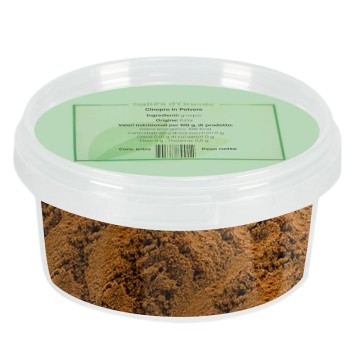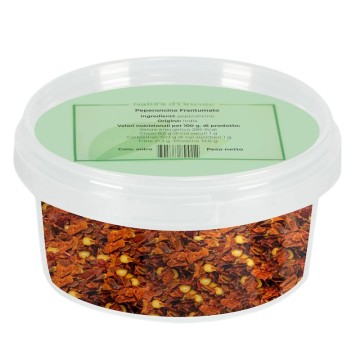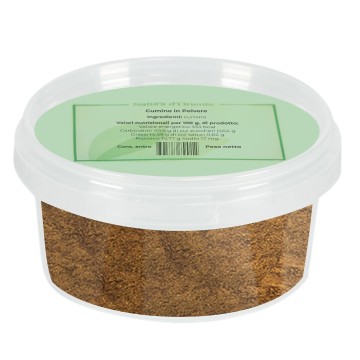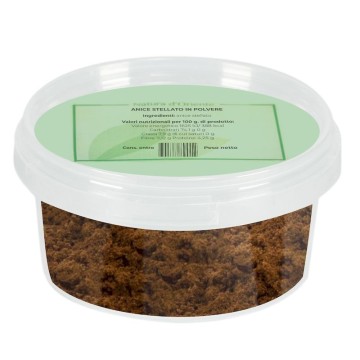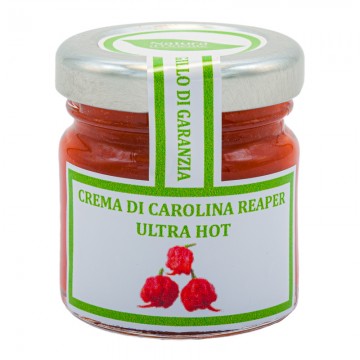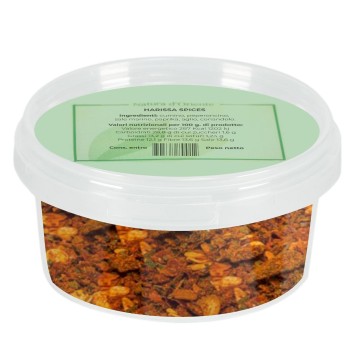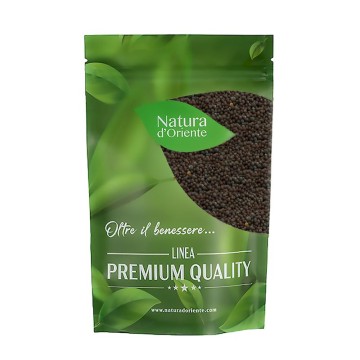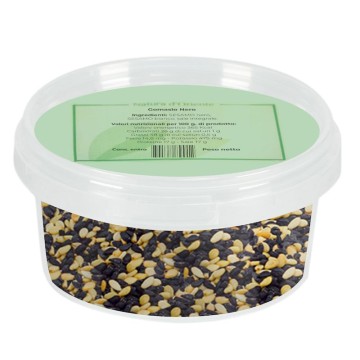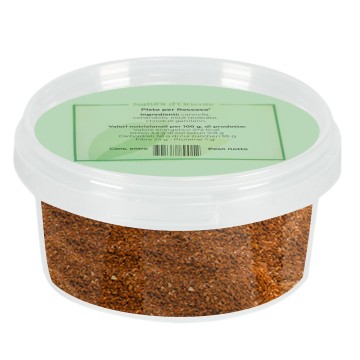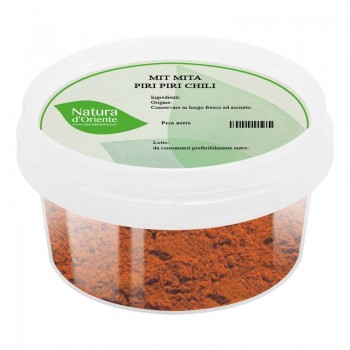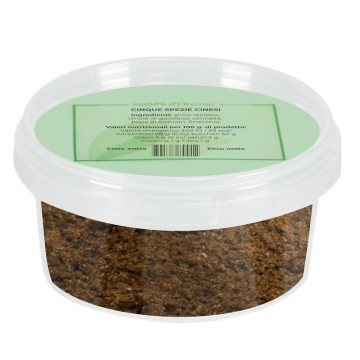Cinnamon bark: properties, benefits:
Cinnamon has many medicinal qualities that are useful for our body. It is a powerful digestive and an excellent antioxidant because it has a high concentration of polyphenols. It also has other therapeutic qualities: antifungal, antiseptic and astringent. Cinnamon stimulates the immune system so it is very suitable against flu, colds and sore throats. The polyphenols it contains, in addition to being powerful antioxidants, regulate insulin and are therefore considered effective for limiting the risk of diabetes and ultimately quenching hunger.
It is therefore very useful for those who want to lose weight and for those who are on a diet. Again by virtue of its disinfectant and anti-parasitic properties, cinnamon carries out a discreet action in combating candida, gingivitis and various inflammations of the oral cavity.
Origins and brief history:
Cinnamon has the scientific name of Cinnamomum. This spice is one of the oldest spices whose origins are lost in the mists of time. It boasts a thousand-year history in 3000 BC it was already used to embalm the deceased by the ancient Egyptians. In the Bible it is mentioned when God orders Moses to consecrate the temple with a mixture of aromatic substances among which he indicates cinnamon.
The ancient Greeks and Romans appreciated this spice which they believed came from Arabia because it arrived in the Mediterranean basin via Arab caravans. Since its characteristics were unusual, it was rare and it was not known where it was possible to grow cinnamon, so strange stories circulated about it.
At the time of the Roman Empire, cinnamon was held in high regard for its appreciated properties. During the Middle Ages, cinnamon was considered a very precious substance, a useful medicine capable of treating sore throats and coughs. In the kitchen, due to its high price, only nobles and kings could afford to use it and with pepper, cinnamon was a spice used in abundance by court cooks.
They included it in both sweet and savory dishes and used it above all to hide the strong flavor of game.
This precious spice was one of the most expensive gifts that nobles could give to ingratiate themselves with the king or queen. In the following centuries, cinnamon became more available and was no longer harvested in the wild but cinnamon began to be cultivated and its price also dropped. It therefore became a regular ingredient in the kitchen. In the 19th century it was one of the four spices that were indicated when recipes said to add "a pinch of spices or drugs". The other three spices were pepper, nutmeg and cloves. Nowadays cinnamon is appreciated not only for its sweet and delicate aroma but also for its qualities. The popular habit of using cinnamon as a medicine to combat colds, flu and fever has been preserved.
Even in the East this spice is used in Ayurvedic medicine as a stimulant and to treat ailments such as colds, flu and indigestion.
In the East, cinnamon is widely used, exploiting its antiseptic power which is so important in hot climates. Therefore, since the beginning of its cultivation, cinnamon has always been considered a precious spice and to be held in high regard.
Use in the kitchen: blood orange frost, cinnamon wing with pistachios and peel ingredients: 500 ml blood orange juice plus orange peel 100 g brown sugar 60 g corn starch 15 g cinnamon bark 40 g unsalted pistachios 1 lemon to decorate.
< strong>Preparation: Leave the cinnamon sticks to infuse overnight in the orange juice. Heat a saucepan with the orange juice and boil for 15 minutes, then filter it, removing the cinnamon and add it again on medium-low heat.
Add the sugar first, letting it dissolve, and then add the starch, trying not to create lumps. Mix everything well and continue for about 5 minutes. Pour the mixture into 4 small heart-shaped molds or into a single large one (silicone ones will be fine) and let them rest in the refrigerator for at least 6 hours. Prepare the decorations. Chop the pistachios coarsely with a knife; then, using a lemon slicer or a potato peeler, cut many spiral fillets from the orange and lemon zest. Turn the desserts out onto plates and decorate with pistachios and zest. [Credit link: www.cucina-naturale.it/ricette/gelo-ared rancia-with-cinnamon-pistachios-peel/photo by Laila Pozzo / Recipe by Stefano Navaro]

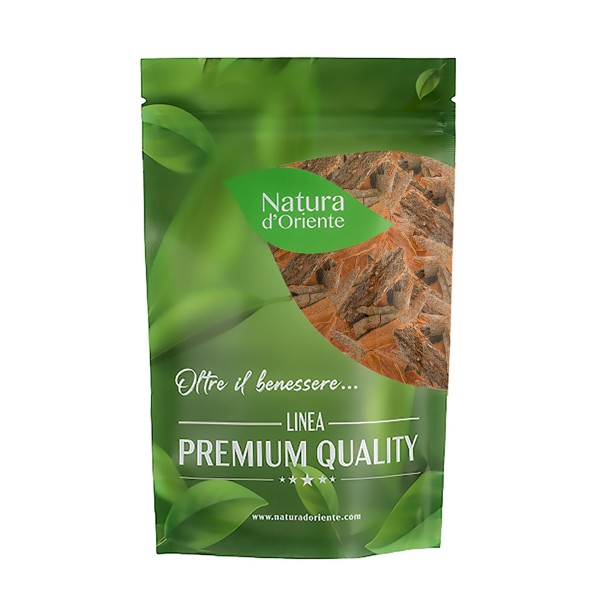







 No reward points for this product.
No reward points for this product.
